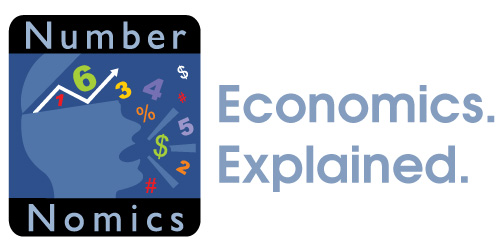April 25, 2025
Fed bashing is back. A week ago Trump’s economic advisor, Kevin Hassett, said that the administration was studying options to remove Powell. Ouch! On Monday Trump managed to spook the markets when he called for preemptive rate cuts by the Fed because the economy was facing “virtually No Inflation.” He also said that the economy risks slowing “unless Mr. Too Late, a major loser, lowers interest rates NOW.’ What was he thinking? In response to his comments, the stock market tanked, bond yields soared, and the dollar plunged. That is as bad as it gets. A day later Trump says he has “no intention of firing” Fed Chair Powell. That triggered whiplash in all three markets. In the policy statement from its last FOMC gathering on March 19 not a single Fed official mentioned anything about a possible easing bias any time soon, although they anticipated one 0.25% rate cut late in the year. Now, several of them are describing the conditions under which they would consider easing as early as June. Days after a tongue-lashing from Trump the Fed is suddenly getting religion and suggesting that it could soon shift into easing mode. That is scary and raises concerns, once again, that monetary policy is being determined some place in Washington outside the Boardroom at the Federal Reserve.
To talk about the possibility of a Fed easing move at the next FOMC meeting on May 6-7 would simply be too blatant. The economy continues to do reasonably well, the labor market remains at full employment, and inflation – despite Trump’s erroneous comments about the economy facing virtually no inflation – remains far above the Fed’s target at 2.8%.
Are they laying the groundwork for a rate cut at the following meeting on June 17-18? Who knows? The problem is that tariffs will cause the inflation rate to rise. Given that, it would be hard to justify a Fed rate cut in June. Fed Governor Christopher Waller believes that tariffs will have a one-time effect on prices. Uh oh! We have heard that story before. When inflation soared after COVID the Fed told us that the increase in inflation would be temporary. That did not work out so well. The rate of growth of prices slowed, but the level of prices never came down. That is what consumers are still complaining about. The Fed lost considerable credibility with that policy blunder.
Next, there was the surprisingly aggressive easing move by the Fed last fall. On September 18 the Fed cut the funds rate by 0.5%. The markets expected a 0.25% cut. The Fed said it was concerned about the rising unemployment rate which had, in fact, climbed from an extremely low 3.5% rate in July 2023 to 4.2%. But it had been at the 4.2% level for several months and seemed to be stable. Remember, too, that the full employment threshold for the unemployment rate is 4.2%. At that level everybody who wants a job has one. So why the panic? Given the timing it creates an impression – rightly or wrongly — that it was done for political reasons ahead of the November presidential election rather than for purely economic reasons. The Fed followed with two more 0.25% cuts in November and December. The economy grew at a robust 2.4% in the fourth quarter of last year. The unemployment rate at yearend was 4.1%. The core personal consumption expenditures deflator was far above target at 2.9%. That hardly seems to warrant a 1.0% cut in the funds rate in the final few months of last year. Did politics enter the picture?
I have been a staunch defender of the idea that the Fed’s decisions are made for economic reasons and that politics do not enter the equation. In the first decade of my career at the Board of Governors of the Fed in Washington, D.C. I never heard the words “politics” or “elections” uttered at any meeting I attended. I was comfortable believing that Fed policy was determined solely by economic conditions. But I am not as convinced today as I used to be. The Fed’s unwillingness to raise rates in 2021 and 2022 despite the fact that the inflation rate was not declining as expected raised that concern. Was that simply a colossal policy mistake? Or did politics come into play? Then there were the surprisingly aggressive rate cuts in 2024 just ahead of the November election. Was that a preemptive move by the Fed to avoid a slowdown? Or did politics play a role? And now President Trump blasts the Fed about its unwillingness to cut rates to counter the impact of tariffs and threatens to fire the chairman. Suddenly Fed officials are talking about the conditions under which they might lower rates. An economic assessment? Or political pressure?
The Fed’s behavior in the past five years has, in my opinion, dented its credibility. My fear is that prematurely shifting into ease mode given a still high inflation rate because of intense pressure from President Trump will further erode confidence in the Fed. I hope I am wrong. We need a truly independent central bank.
Stephen Slifer
NumberNomics
Charleston, S.C.

Follow Me